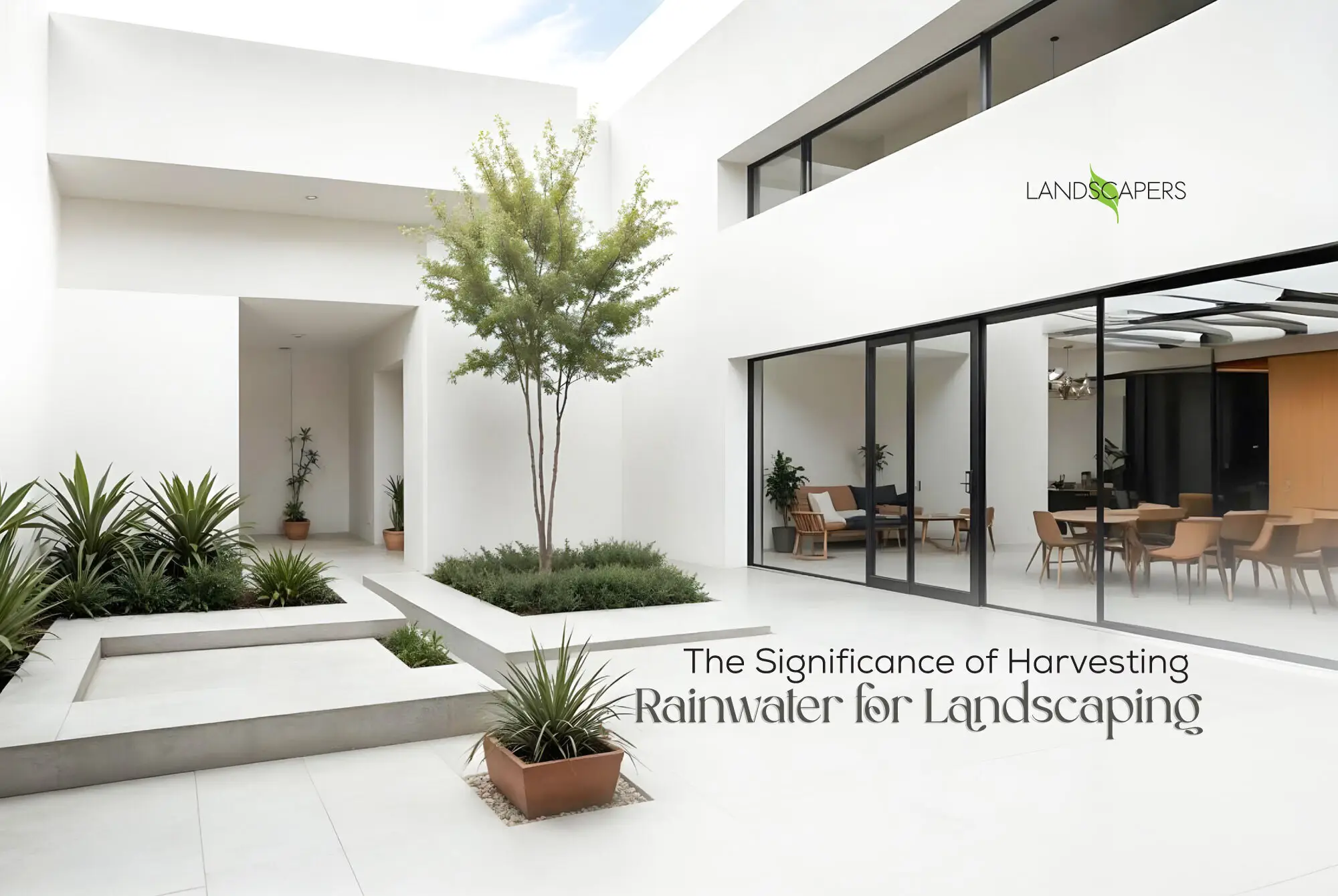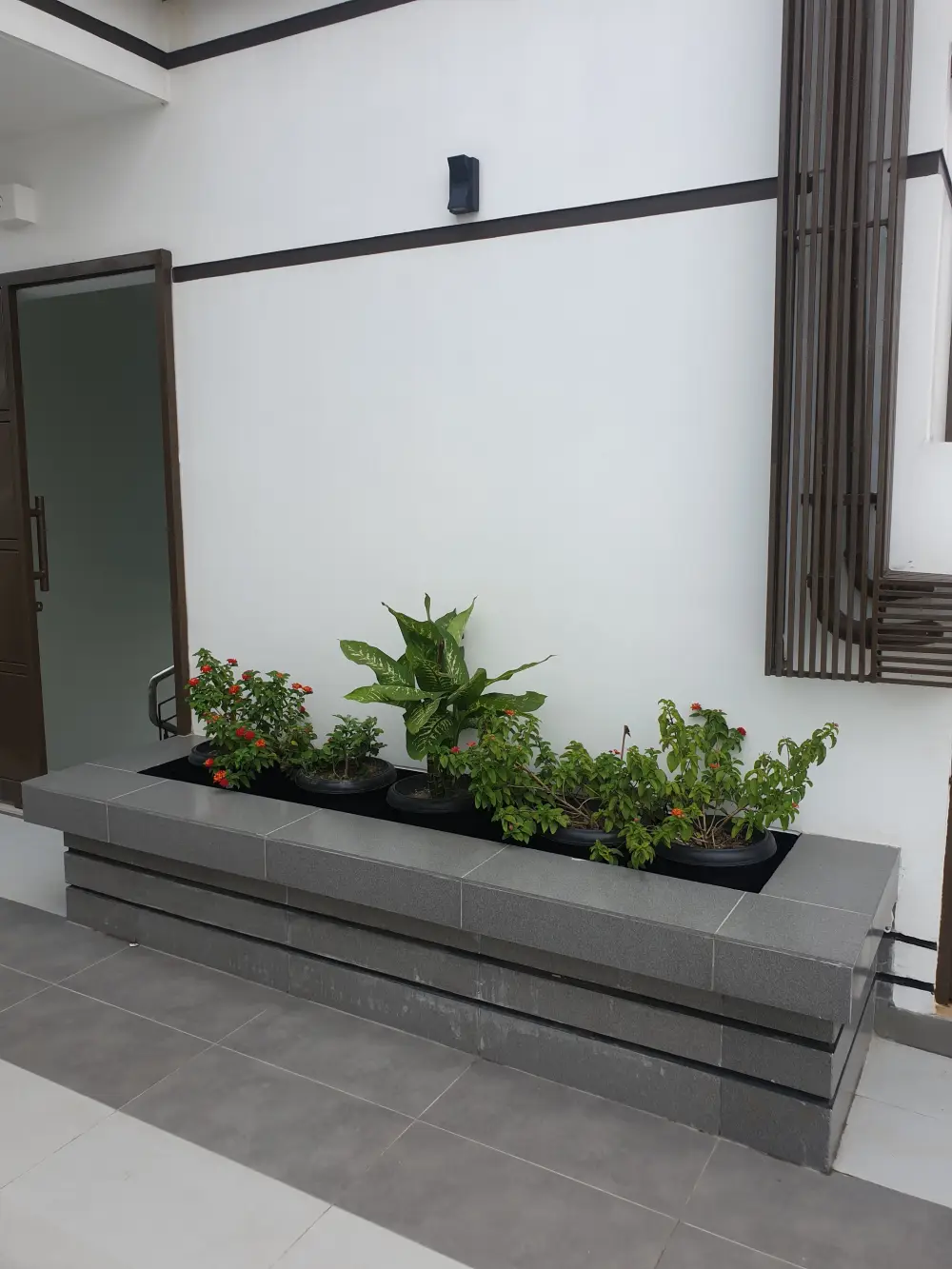
The Significance of Harvesting Rainwater for Landscaping
Bangladesh is a riverine country, with an incredibly rain-heavy monsoon. As water conservation is a growing topic of interest around the world right now, major organizations and even homeowners are looking to innovative solutions to lower their ecological impact. One such solution is rainwater harvesting. Rainwater harvesting means collecting and storing rainwater to be used later, especially in gardening or landscaping. Many regions of the world that only get rain in some parts of the year have been using rudimentary methods to harvest rainwater to be used later. It is especially common in many indigenous tribes, particularly ones living in Papua New Guinea and the surrounding islands. As the world moves towards a greener and more sustainable future, rainwater harvesting is gaining focus as a great way to do the following:
- Water conservation
- Reduction on water supply, hence lowering of utility bills
- Improved lawn and garden health
In this blog, we will explore the key benefits of harvesting rainwater for landscaping and how it can contribute to more sustainable and eco-friendly outdoor spaces.
1. Water Conservation: Reducing Stress on Municipal Water Systems
Rainwater is often harvested for landscaping because it has the potential to significantly reduce our reliance on municipal water systems. In many drier areas of the world, water resources are becoming scarce due to environmental issues like droughts and climate change. Traditional irrigation methods use large amounts of potable water, which can put a stress on local water supplies and contribute to increased utility bills.
Here, rainwater harvesting offers an effective solution, because captured rainwater from roofs, gutters, and downspouts can be used to collect water that is free. This water can be used to irrigate a lawn or a garden. This will help reduce our dependence on municipal water while simultaneously conserving precious natural resources, contributing to the overall sustainability of our community.
2. Financial Benefits & Savings in the Long Term
A major advantage of harvesting rainwater for landscaping is the potential for savings. Traditional irrigation systems relying on municipal water can significantly increase your water bill, especially during dry seasons when the lawns and gardens need to be watered more frequently. Comparatively, rainwater is free to collect and use, which is why it is a cost-effective alternative.
The initial investment in a method to collect the rainwater, like a rain barrel, storage tank, and filtration system—can often be made up for in terms of costs within a few years through reduced water bills. Over a period of time, these savings can add up and be highly profitable or financially rewarding as an investment, both for businesses and homeowners.
3. Natural Water = Better Plant Health
Every kind of plant, tree and shrub thrives best when watered with water from nature. While tap water is treated with a number of different chemicals like chlorine, fluoride, and salts, to kill germs and make it suitable for use in homes and offices, rainwater is naturally soft as it is free from additives and heavier minerals. This is why rainwater is great for our plants as it is gentler on flora and can, over time, even improve their growth and health.
If you have a vegetable garden, many plants grown there could be sensitive to chlorine, which may slow down their development or negatively impact the flavor of produce. As rainwater has a lower mineral content, it provides a more suitable environment for healthy roots to develop, along with improved structure of soil, as well as better absorption of nutrients. Over time, this can make plants healthier, leading to the growth of more vibrant flowers, and even better yields.

4. Reducing Runoff & Soil Erosion
Harvesting rainwater has many positive impacts on the environment. Rainwater harvesting plays a crucial role in reducing stormwater runoff, which is a major environmental concern in urban and suburban areas. When rain falls on impermeable surfaces like roofs, driveways, and streets, it often flows directly into storm drains, carrying pollutants and debris into nearby rivers, lakes, and oceans. This runoff can lead to water contamination, soil erosion, and flooding.
By collecting and using rainwater for landscaping, we can help prevent this runoff by redirecting rainwater into our garden or lawn. This means that there will be less water to end up in storm drains, allowing the water to be absorbed by plants, reducing the risk of soil erosion and improving the overall health of the local flora and ecosystem.
5. Promoting Resilience and Self-Sufficiency
Rainwater harvesting also promotes more resilience and self-sufficiency, especially when weather patterns are unpredictable. During droughts or heavy rainfalls, having a collection system for rainwater allows you to manage your water usage more effectively. When the weather is on the drier end of the spectrum, the reserved rainwater can help maintain the continued health of your plants. Simultaneously, during periods of heavy rain, you can capture and store water for future use. Harvesting rainwater could allow you to be better equipped to deal with changing climate conditions, as well as scarcity of water.
6. Aligning with Sustainable Landscaping Practices
Rainwater harvesting aligns with sustainable landscaping practices. These, in turn, aim to create environmentally sound and resource-efficient outdoor spaces. Sustainable landscaping is based on wise usage of water, reduction of chemical inputs, conservation of natural resources, and support of biodiversity.
Using rainwater for irrigation allows you to save on water bills & contribute to a landscape which is more eco-friendly. Other sustainable practices could be bolstered by rainwater harvesting, such as mulching (breaking down dying plant matter into fertilizer for seedlings and other plants), we could also use native plants that require less water. We can make the most of any situation by combining rainwater harvesting with these techniques to create a low-maintenance, water-efficient landscape that reduces your carbon footprint.
7. Simple Maintenance & Installation
People often think of rainwater harvesting as an overly complicated process. Many homeowners begin with a rain barrel. For larger properties or commercial applications, you might choose to go for more complex systems, such as underground storage tanks.
Maintaining a rainwater collection system is relatively simple and straightforward. Gutters, filters, and storage tanks need to be cleaned regularly to make sure that the water stays clean and free from debris. Most systems are designed to last for years and be low-maintenance, which should allow you to focus on other landscaping tasks without worrying about difficult upkeep.
Harvesting rainwater for landscaping is a powerful practice that has many benefits, both for the environment and for your budget. Water conservation through harvesting of rainwater allows us to be less dependent on our local water systems, while also promoting the growth of healthier plants. Therefore we can proudly proclaim that rainwater harvesting is one step towards a greener and more sustainable future.
As water scarcity continues to be a pressing issue all round the world, every drop of water counts—which is where rainwater harvesting will allow us to make the most of what nature provides. You, too, can start harvesting rainwater today in order to transform your landscape into a more sustainable space for a better future.


